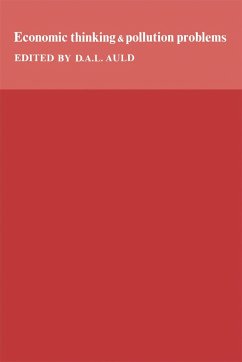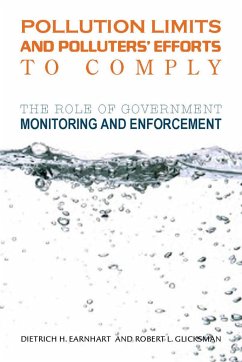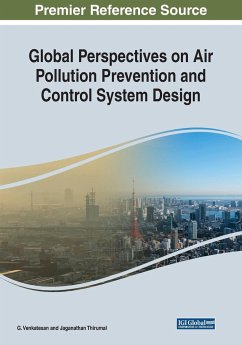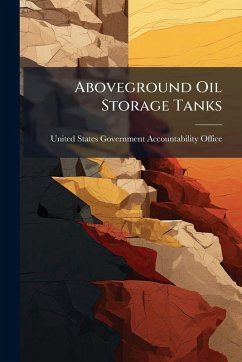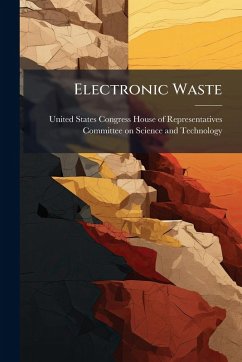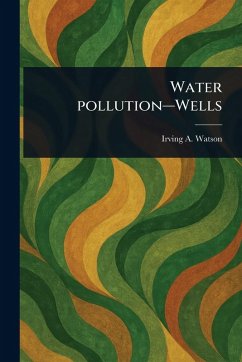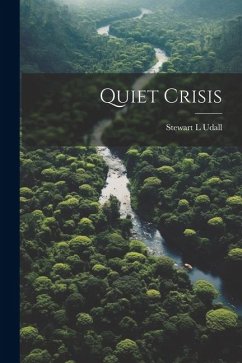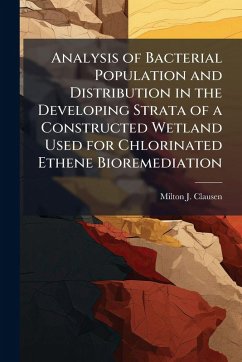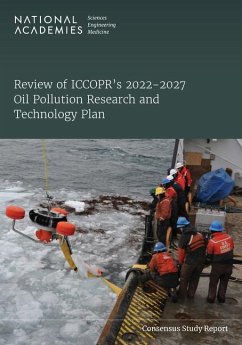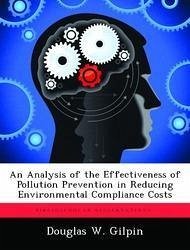
An Analysis of the Effectiveness of Pollution Prevention in Reducing Environmental Compliance Costs
Versandkostenfrei!
Versandfertig in über 4 Wochen
15,99 €
inkl. MwSt.

PAYBACK Punkte
8 °P sammeln!
The objective of the Air Force's compliance through pollution prevention (CTP2) program is to reduce overall environmental compliance (EC) cost and risk (compliance burden) associated with maintaining compliance at an installation through increased pollution prevention (P2) efforts. However, no quantifiable evidence has been produced that suggests P2 projects are actually reducing compliance burden. Therefore, this research attempts to determine if projects categorized as P2 truly reduce compliance burden.This research demonstrated that, under the current burden calculation methodology, the co...
The objective of the Air Force's compliance through pollution prevention (CTP2) program is to reduce overall environmental compliance (EC) cost and risk (compliance burden) associated with maintaining compliance at an installation through increased pollution prevention (P2) efforts. However, no quantifiable evidence has been produced that suggests P2 projects are actually reducing compliance burden. Therefore, this research attempts to determine if projects categorized as P2 truly reduce compliance burden.This research demonstrated that, under the current burden calculation methodology, the compliance site inventory data should not be used to measure or track compliance burden reductions. This work has been selected by scholars as being culturally important, and is part of the knowledge base of civilization as we know it. This work was reproduced from the original artifact, and remains as true to the original work as possible. Therefore, you will see the original copyright references, library stamps (as most of these works have been housed in our most important libraries around the world), and other notations in the work. This work is in the public domain in the United States of America, and possibly other nations. Within the United States, you may freely copy and distribute this work, as no entity (individual or corporate) has a copyright on the body of the work. As a reproduction of a historical artifact, this work may contain missing or blurred pages, poor pictures, errant marks, etc. Scholars believe, and we concur, that this work is important enough to be preserved, reproduced, and made generally available to the public. We appreciate your support of the preservation process, and thank you for being an important part of keeping this knowledge alive and relevant.



